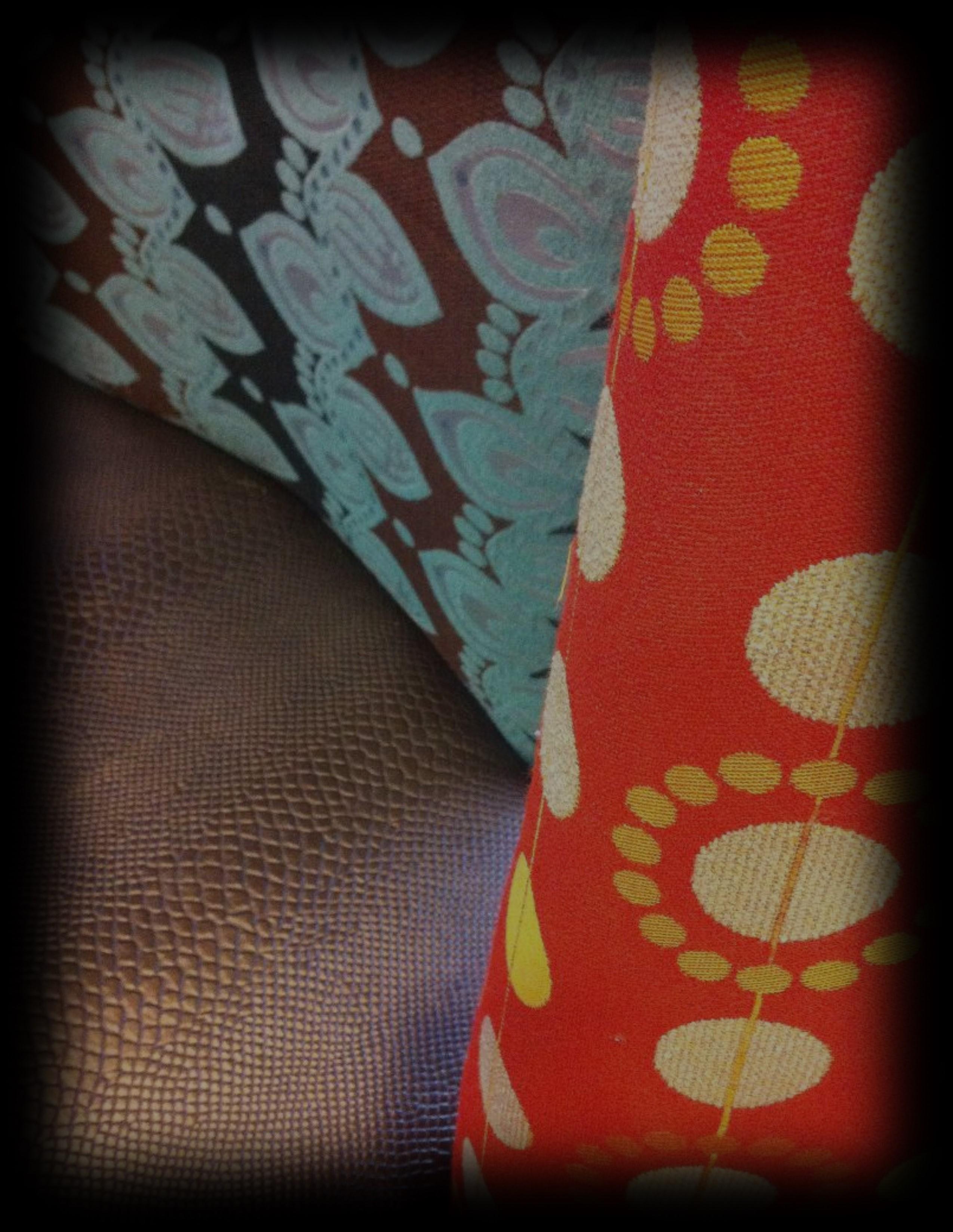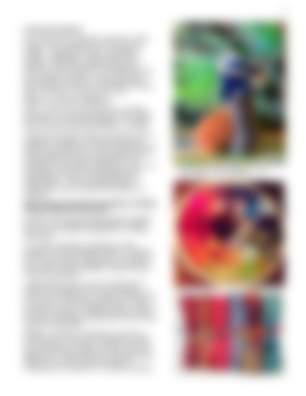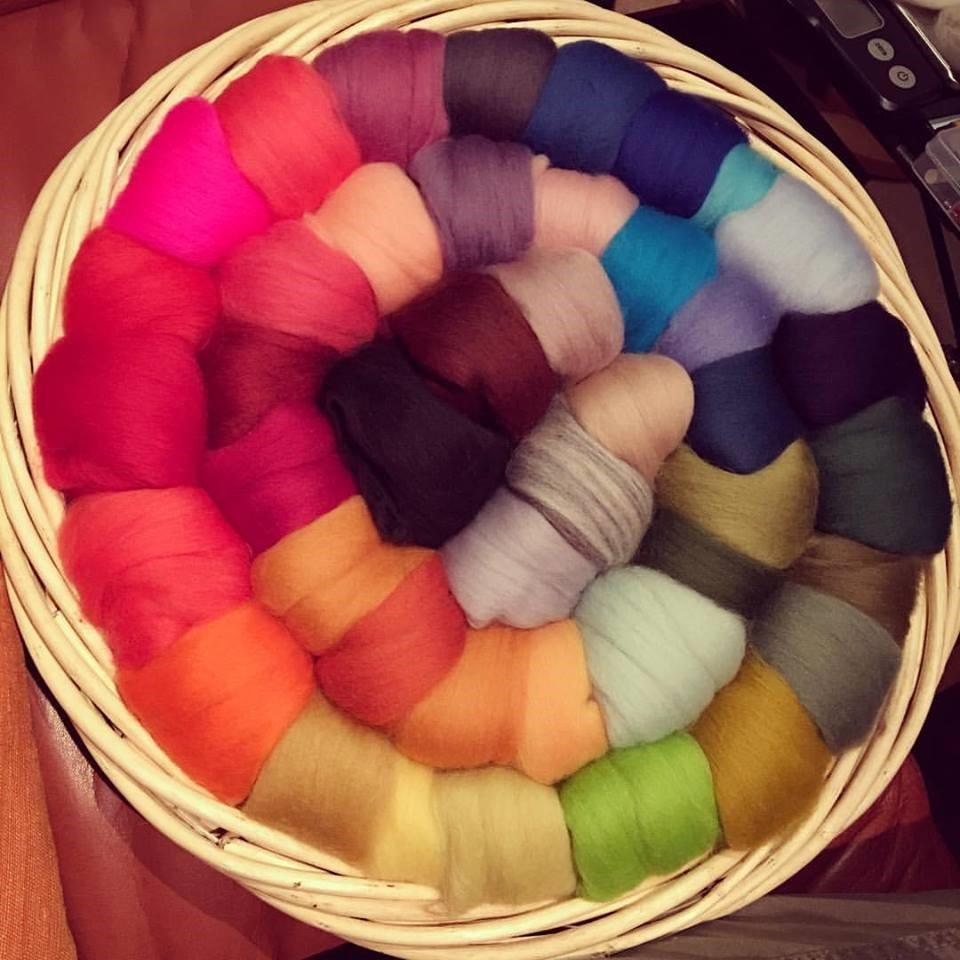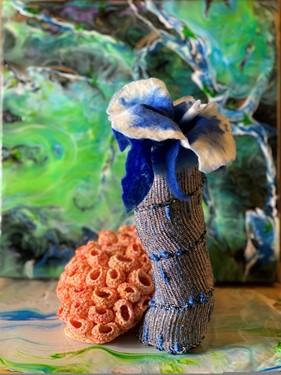
2 minute read
Fiber Arts as an Important Component in Fine Arts Curriculum


Advertisement
A Personal Passion My life long fiber exploration started in grade school when I learned how to knit from my mother. I also learned how to use fiber in crochet, needlepoint, sewing, embroidery, basketry, wet felting, needle felting, and weaving. When I became an art educator, it was a natural extension to bring fibers into my art education curriculum. I love supporting other educators that are interested in bringing fibers into their art classroom as well. Fibers as a Fine Art Material Fibers, or fiber like materials such as plants, have been in use since prehistoric man. Fibers are at the core of human existence. Imagine living one day without ANY fibers in your life! Throughout the ages, fibers have been used to create our clothing, ceremonial adornment, dwellings, furnishings, as well as artistic expressions in tapestries, rugs, and sculptural forms. Contemporary artists are tapping into this material for new artistic expressions. Fiber can be utilized in both 2D and 3D expressions, expanding the range of possibilities for its manipulation. It is an exciting, flexible, colorful, and tactile material that begs to be explored! 2013 Texas Essential Knowledge and Skills Include Fibers for Fine Arts In 2013, The Texas Education Agency updated the Fine Arts education standards to include fiber art as a student expectation for creative expression: (C) produce drawings; paintings; prints; sculpture, including modeled forms; and other art forms such as ceramics, fiber art, constructions, mixed media, installation art, digital art and media, and photographic imagery using a variety of materials. I was thrilled to have one of my favorite art materials included, but more importantly, I knew it was insightful to include a material that is relevant to 21st artistic expressions. Fibers are not only a fine art material, they are also an important material in STEAM education. There are many technological advances in science and medicine using fibers. Whether a student is destined to pursue an artistic career, having an introduction to fibers in a classroom can create a memory that can ignite a divergent solution for other real world applications. These formative experiences can reside in a dormant state until they are recognized as a solution to a complex problem.




(Photo above: Fiber sculpture by author, resin painting by R. Keith Miller)


